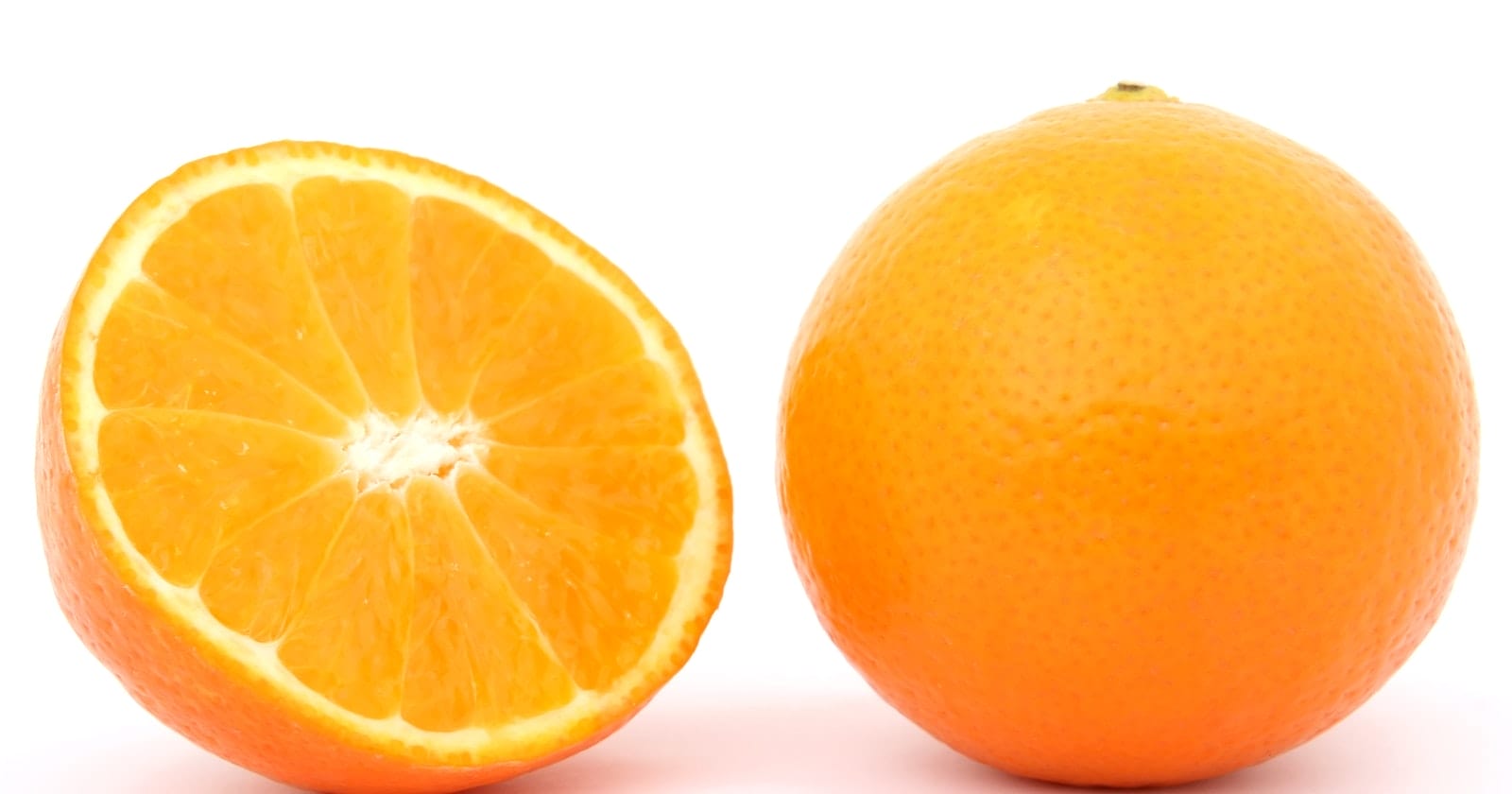If you love citrus fruits, you might have wondered about the difference between orange and tangerine. These two fruits are often confused for each other, as they have similar looks and belong to the same family of plants. However, they are actually two different fruit species with distinct origins and variants.
Oranges belong to the Citrus x Sinensis species, which is a hybrid of the pomelo and the mandarin. Oranges are native to China and Southeast Asia, and have been cultivated for thousands of years. There are many varieties of oranges, such as navel, Valencia, blood, and Cara Cara.
Tangerines belong to the Citrus Tangerina species, which is a type of mandarin. Tangerines are also native to China and Southeast Asia, but they were introduced to Europe and America much later than oranges. The name tangerine comes from Tangier, a port city in Morocco, where the fruit was first shipped to the West. Some common varieties of tangerines are clementine, satsuma, honey, and dancy.
In this blog post, we will highlight the differences between oranges and tangerines in terms of their appearance, taste, and nutritional value. We will also provide some tips on how to enjoy both fruits in your daily diet.
Appearance
One of the most noticeable differences between oranges and tangerines is their size and shape. Oranges are larger and more rounded than tangerines, which are smaller and less rounded. The average diameter of an orange is about 7 cm (2.8 inches), while the average diameter of a tangerine is about 5 cm (2 inches).
Both fruits are orange in color, but the shades vary depending on the variety. Tangerines are usually a dark reddish-orange color, while oranges are typically a yellow-orange color (except for blood oranges, which have a deep red flesh). The color of the fruit is influenced by the climate and the ripening process.
Another difference between oranges and tangerines is their skin. The skins of tangerines tend to be looser and thinner than those of oranges, making them easier to peel by hand. The skins of oranges are tighter and thicker, requiring a knife or a peeler to remove them. The skins of both fruits contain essential oils that give them a fragrant aroma.
Taste
Another way to tell the difference between orange and tangerine is by their taste. Tangerines tend to be slightly sweeter and less acidic than oranges, which makes them more appealing to some people. Tangerines also have a stronger flavor profile than oranges, with a more floral and spicy note.
The flavors of both fruits vary depending on the variety and the growing conditions, but in general, tangerines are stronger in flavor than oranges, with a sweeter and less tangy taste. Some people prefer the milder and more refreshing taste of oranges, while others enjoy the more intense and complex taste of tangerines.
Nutritional Value
Both oranges and tangerines are low in calories and high in vitamin C, which is an essential nutrient for your immune system, skin health, and wound healing. One medium orange provides about 70 calories and 93% of your daily value (DV) of vitamin C, while one medium tangerine provides about 50 calories and 44% of your DV of vitamin C.
However, there are some differences in the nutritional value of oranges and tangerines as well. Tangerines are an excellent source of vitamin A, thiamin, and folate, which are important for your vision, nervous system, and red blood cell production. One medium tangerine provides 14% of your DV of vitamin A, 9% of your DV of thiamin, and 6% of your DV of folate.
Oranges have more fiber than tangerines, which can help you feel full longer and support your digestive health. One medium orange provides 3 grams of fiber (12% of your DV), while one medium tangerine provides 1.6 grams of fiber (6% of your DV).
Tangerines have a higher concentration of beta-cryptoxanthin than oranges. Beta-cryptoxanthin is a type of carotenoid that is converted to vitamin A in your body. It has antioxidant properties that can protect your cells from damage caused by free radicals. Studies have shown that beta-cryptoxanthin may also reduce the risk of lung cancer.
Tangerine peels contain a super-flavonoid called tangeretin that can lower cholesterol levels in your blood. Tangeretin is a type of antioxidant that can inhibit the production of cholesterol by your liver cells. It can also prevent the oxidation of LDL (bad) cholesterol, which can cause plaque buildup in your arteries. Tangeretin can be extracted from tangerine peels and used as a supplement or a food additive.
Conclusion
As you can see, while oranges and tangerines share many similarities, they have distinct differences in appearance, taste, and nutritional value. Tangerines are smaller, sweeter, and easier to peel than oranges, while oranges have more fiber and are more acidic. Both fruits are nutritious and a healthful addition to your daily diet.
Here are some tips on how to enjoy both fruits:
- Eat them fresh as a snack or a dessert. You can also add them to salads, yogurt, or oatmeal for a burst of flavor and vitamin C.
- Juice them and drink them as a refreshing beverage. You can also mix them with other fruits or vegetables for a more varied taste and nutrition.
- Peel them and dry them in the oven or a dehydrator. You can use them as a natural sweetener or a snack. You can also grind them into a powder and use them as a spice or a flavoring agent.
- Cook them and make them into jams, marmalades, sauces, or syrups. You can use them as a spread, a topping, or a marinade for your dishes.
- Bake them and make them into cakes, pies, muffins, or cookies. You can also add them to breads, scones, or pancakes for a citrusy twist.
We hope you enjoyed this blog post on the tangerine and orange difference. If you have any questions or comments, please feel free to leave them below. ????????



